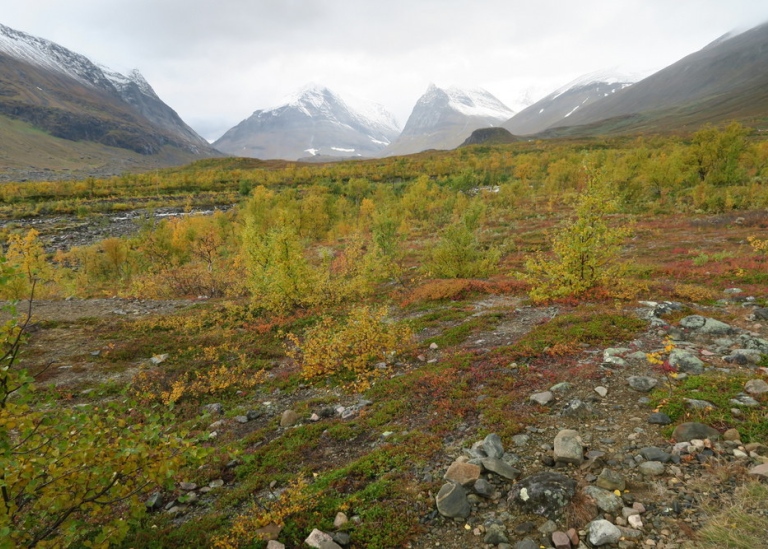Research
At Tarfala Research Station we conduct high quality, internationally recognised scientific research on Swedish alpine and glacial environment.

The distribution of Swedish glaciers was documented for the first time systematically in the years just before 1910. The first measurements of Storglaciären’s mass balance were made in the spring of 1946. Since then we measure both how much snow accumulates on Storglaciären during the winter and how much snow and ice melts away during the summer (ablation) every year.
This series of measurements is the world's longest of its kind and constitutes an important basis for international scientific glaciological and climatological studies.
Within the framework of the research and monitoring program in Tarfala, mass balances are currently measured on four glaciers. On 20 glaciers, the front positions are also monitored. Monitoring of hydrology, mountain meteorology and permafrost is also done.
Publications
Publications (from the beginning of 20th century to recent) related to the research at Tarfala Research Station.
Publications connected to Tarfala
Citizen science
Do you want to contribute to documenting Storglaciären's change?
Citizen science involves the public in scientific research by allowing non-experts to collect data. This collaborative approach helps scientists gather large datasets, accelerates research, and raises awareness about scientific issues.
Citizen science at Tarfala Research Station
Our research

At Tarfala Resarch Station we conduct high quality, internationally recognised scientific research on Swedish alpine and glacial environment. An important component of the research conducted at Tarfala Resarch Station is the continually measurement of Storglaciären’s mass balance, the annual height of Kebnekaise’s southern peak and other monitoring studies.
Contact
Director, Professor in Glaciology


Last updated: January 21, 2025
Source: Tarfala Research Station

